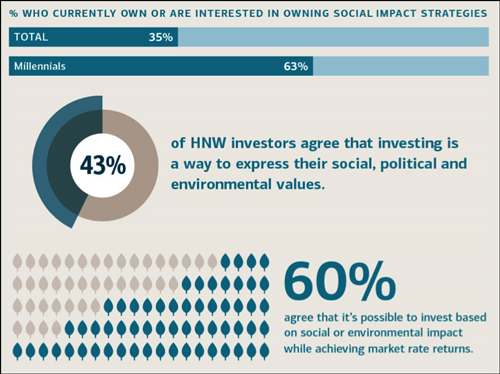I always thought of reverse mortgages as a last resort for retirees who had spent down their retirement savings and needed more income in retirement. The reason why I felt this way, and perhaps why a lot of people had learned to dislike these products, was because of the high fees and interest embedded in the product. However, with recent changes to various mortgage programs, it may be worth taking a closer look.
Last resort or income stream?
Let’s begin by first looking at how these products used to work and why they typically weren’t advisable except as a last resort. For a lot of retirees, one of their largest assets is the equity in their houses. Unfortunately, other than providing shelter, a house doesn’t have a lot of financial benefit. You might still carry a mortgage in retirement; you pay property taxes, home owners insurance, utility bills, and the occasional home repair. All of these are money out of your pocket, but when is the last time your house paid you? Enter the reverse mortgage….a potential way to create an income stream (or lump sum) which can turn the house into a more meaningful asset rather than a money pit. Everything sound good so far? Not so fast! The problem is that, in the case of a married couple, the bank used to come knocking at the first death and demand repayment of the income stream plus interest that had been accruing the whole time. Can’t afford to pay that back all at once? No problem…the bank will just sell the house from under you, take their money back, and give the survivor the remainder (if any) so they can go and try to find a new place to live. All of a sudden this program doesn’t sound so good.
Reverse mortgages get a make-over
This idea of the survivor losing their house was the primary reason why I rarely recommended clients consider these products in a serious manner. However, in 2013 there were major revisions to how a lot of these products were structured. The fees still seem to be fairly high, but no longer is the bank able to sell the property out from under the survivor. Now the repayment of the loan isn’t due until both people have died. With these new changes, it may be worth taking a look at tapping into your home’s equity, knowing that you and your spouse won’t have to leave your house unless you want to. Work with your financial professional to understand more fully if this type of product might make sense for your specific situation.
Matthew Trujillo, CFP®, is a Certified Financial Planner™ at Center for Financial Planning, Inc. Matt currently assists Center planners and clients, and is a contributor to Money Centered.
The information has been obtained from sources considered to be reliable, but we do not guarantee that the foregoing material is accurate or complete. Any information is not a complete summary or statement of all available data necessary for making an investment decision and does not constitute a recommendation. This is not a solicitation or recommendation for a reverse mortgage strategy. Any opinions are those of Center for Financial Planning, Inc. and not necessarily those of RJFS or Raymond James. There are significant costs associated with Reverse Mortgages, such as: up-front mortgage premium, annual premium, origination fee, closing costs, monthly services charge, and appraisal fees. There are significant risk associated with Reverse Mortgages. Generally, the homeowner is still obligated to pay taxes, insurance, and maintenance and if the borrower moves, the loan becomes due, and the total amount due may be larger than anticipated or planned for. Medicaid may also be affected. C14-040266

 There’s a lot you know about our team at The Center … but we’ve dug up answers to some questions you might have never thought to ask.
There’s a lot you know about our team at The Center … but we’ve dug up answers to some questions you might have never thought to ask.




















